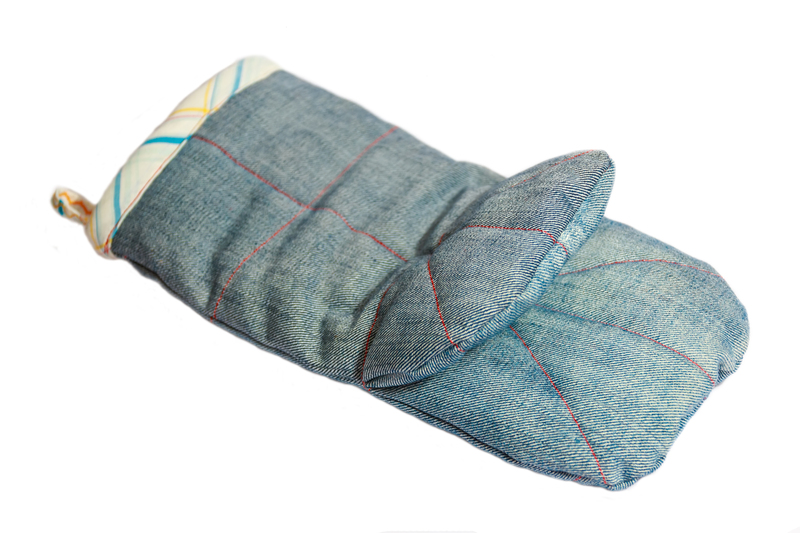Winning Strategies to Prevent Clutter from Returning: Your Complete Guide
Tired of spending hours decluttering your home, only to find that the mess sneaks back into your life? You're not alone. Many people struggle to maintain tidy, organized spaces. While decluttering can be time-consuming, the real challenge is learning how to prevent clutter from returning. In this comprehensive guide, we'll explore powerful, actionable strategies designed not just to eliminate clutter, but to keep it gone for good.

Why Clutter Returns: Unpacking the Core Issues
Before diving into winning strategies, it's essential to understand why clutter creeps back into our homes and lives:
- Inconsistent habits: Good intentions fade, and old routines take over.
- Lack of systems: No designated places for items leads to things piling up.
- Overconsumption: We keep bringing new items home without letting go of the old.
- Emotional attachment: It's hard to part with sentimental objects.
Now, let's conquer your clutter once and for all with proven prevention strategies!
Developing a Clutter-Free Mindset
Maintaining a clutter-free home starts with a change in mentality. To prevent clutter from returning, a shift in how you view your belongings and organizational habits is crucial.
Embrace Minimalism (to Your Comfort Level)
While you don't have to live with bare walls, minimalist principles can be invaluable. Ask yourself:
- Do I use this item regularly?
- Does this object add value to my life?
- If lost, would I replace it?
Practice Mindful Acquisition
Impulse purchases are major contributors to recurring clutter. The next time you're considering a new item, pause and reflect:
- Is this a need or a want?
- Where will I store it?
- Will it replace something I already own?
Establishing Systems to Keep Spaces Organized
Clutter prevention is all about creating sustainable organizational systems. These frameworks make it easier to keep everything in its rightful place, ensuring long-lasting tidiness.
Assign a 'Home' for Every Item
The number one rule: Every item must have a dedicated spot. This limits random piles and lost objects.
- Use baskets and bins for common categories, like mail, keys, or tech gadgets.
- Label shelves and containers for easy identification--especially helpful for kids!
- Store items where you use them. For example, keep cooking utensils by the stove.
Create Easy Access, Easy Return Zones
The easier it is to put items away, the less likely clutter is to accumulate. Designate drop zones for daily essentials:
- Hooks near the entrance for bags and coats
- A tray by the door for wallets and keys
- Baskets for shoes by the entryway
Set Limits with Containers
Give yourself permission to own only what fits within your chosen container. For example:
- Limit magazines to one decorative basket
- Toys only stay if they fit in the toy chest
- Pantry snacks are restricted to a single shelf
Daily Habits to Prevent Clutter from Returning
Even the best systems need to be supported by consistent habits. Incorporate these declutter prevention routines into your day-to-day life:
Adopt the "One In, One Out" Rule
For every new item you bring home, remove one similar item. Buy a new pair of shoes? Donate or discard an old pair. This keeps your total possessions in check.
Five-Minute Evening Tidy
Commit to a five-minute reset every evening. Quickly scan flat surfaces (like kitchen counters or coffee tables) and put stray items back in their designated spots. This daily habit is a powerful barrier against re-accumulating clutter.
Sort Mail Immediately
Paper clutter builds up rapidly. Train yourself to handle mail as soon as it arrives:
- Recycle junk mail immediately
- Open and file important documents where they belong
- Set up an "Action" tray for bills or invitations you need to address soon
Monthly Mini-Declutters
Dedicate a small window (even 15-30 minutes) each month to tackle common clutter hotspots:
- Entryway
- Kitchen counters
- Bedroom nightstands
- Bathroom shelves
Family and Roommate Strategies for a Clutter-Free Home
Clutter often returns when household members aren't on the same page. Open dialogue and shared strategies are essential.
Designate Shared Responsibilities
Assign specific chores related to maintaining organized spaces. For instance:
- Kids put away their backpacks and shoes after school
- Spouses take turns sorting mail or unloading groceries
- Roommates tidy communal living areas at week's end
Declutter as a Group Activity
Set a recurring family or household declutter session--monthly or seasonally. Make it fun with music or small rewards. This builds teamwork and ensures everyone contributes to keeping clutter away.
Teach Organizational Skills Early
Encourage children to clean up toys and put clothes in the hamper as daily habits, fostering lifelong habits that keep clutter from returning.
Smart Storage Solutions to Ban Clutter
Quality storage is a cornerstone of any clutter prevention system. Here's how to use storage to your advantage:
Use Vertical Space
Install shelves or hooks on walls to free up floor and counter space. Vertical storage provides extra space for essentials and keeps things off surfaces where clutter loves to grow.
Invest in Multi-Functional Furniture
Ottomans with hidden storage, beds with drawers underneath, or benches that open up can store seasonal clothes, toys, or linens, preventing overflow in closets and cupboards.
Utilize Clear Containers
Clear bins allow you to see what's inside at a glance--so you're less likely to forget about items and wind up buying duplicates, a major source of recurring clutter!
Control Sentimental Clutter Without Guilt
Memorabilia, inherited trinkets, and kids' artwork easily accumulate. But with some thoughtful strategies, you can cherish memories without piles of stuff:
- Choose a single memory box per family member for the most meaningful keepsakes.
- Take photos of bulky items like trophies, crafts, or old baby clothes, and save digital memories instead.
- Display a small selection of sentimental items and rotate them seasonally to keep surfaces tidy but meaningful.
Seasonal Resets: Keeping Your Home in Check
Change of seasons is the perfect cue to review your belongings. Here's how to leverage seasonal cycles in preventing clutter from returning:
Spring & Fall Cleaning
Twice a year, do a thorough sweep:
- Pack away out-of-season clothes and donate what you didn't wear.
- Edit keepsakes--if you no longer connect with it, let it go.
- Clear expired food and unused gadgets from the kitchen.
Holiday Prep and Declutter
Before major holidays (when new gifts or decorations come in), review what you already have. Donate or recycle excess items to make room before new things arrive.
Digital Clutter: The Invisible Invader
Clutter isn't just physical. Digital clutter--photos, files, and emails--can create just as much stress. Incorporate these strategies:
- Schedule regular backups and deletions for old files and apps.
- Unsubscribe from email lists and organize your inbox by folders.
- Set up cloud storage or digital albums, and delete duplicates and blurry shots.
When to Seek Professional Help
If you've tried all these declutter prevention strategies and still find yourself overwhelmed, remember: help is available. Professional organizers or even therapists can offer both hands-on solutions and the mental support needed to break chronic clutter cycles.

The Long-Term Benefits of a Clutter-Free Home
Embracing and maintaining these winning strategies to prevent clutter from returning offers more than just a pretty home. You'll enjoy:
- Less stress and more calm: Your environment will feel more peaceful and manageable.
- Increased productivity: You'll waste less time searching for things.
- Healthier habits: Cleaner surfaces make for healthier living (think less dust and germs!)
- Financial savings: Less duplicate buying and clearer priorities about what you really need.
Conclusion: Your Step-By-Step Path to a Clutter-Free Life
Preventing clutter from returning isn't about being perfect--it's about building smart systems, developing new habits, and making intentional choices about what you allow into your space. By practicing these winning clutter prevention strategies, you'll transform your home into a welcoming, organized sanctuary for years to come.
Start today! Choose one strategy from this list and implement it this week. Your clutter-free, stress-free home awaits.